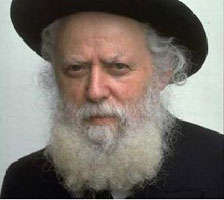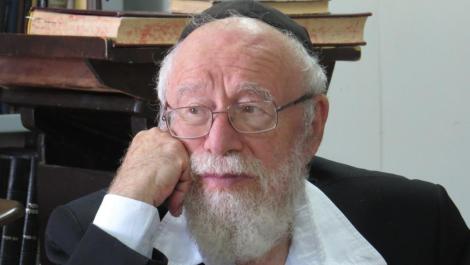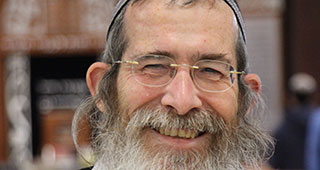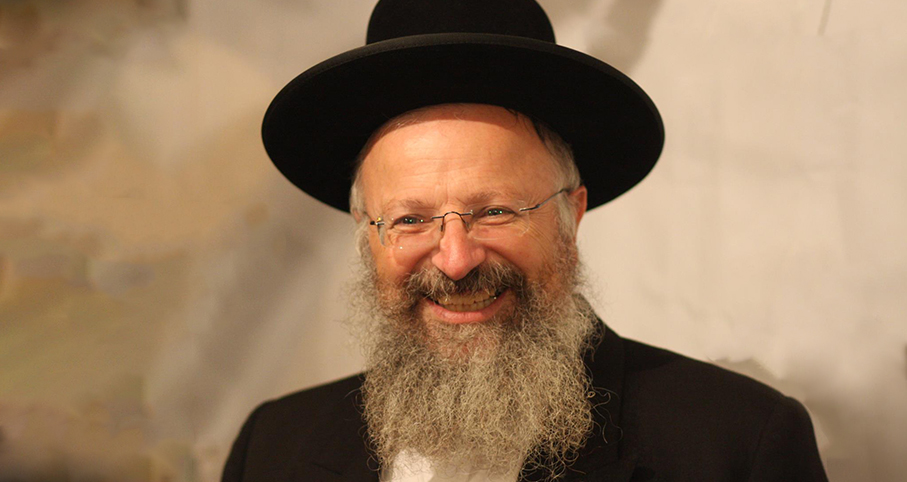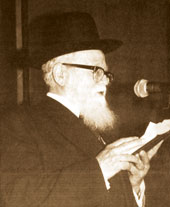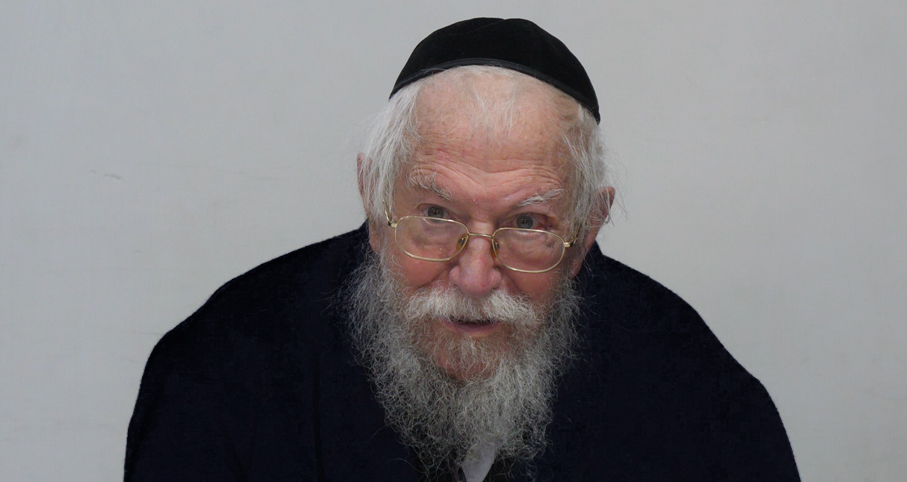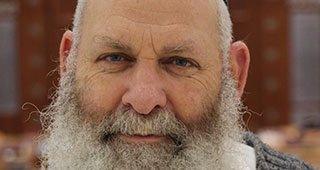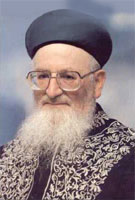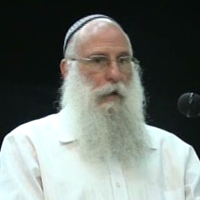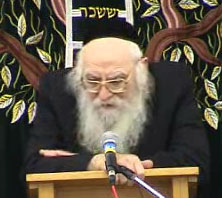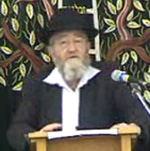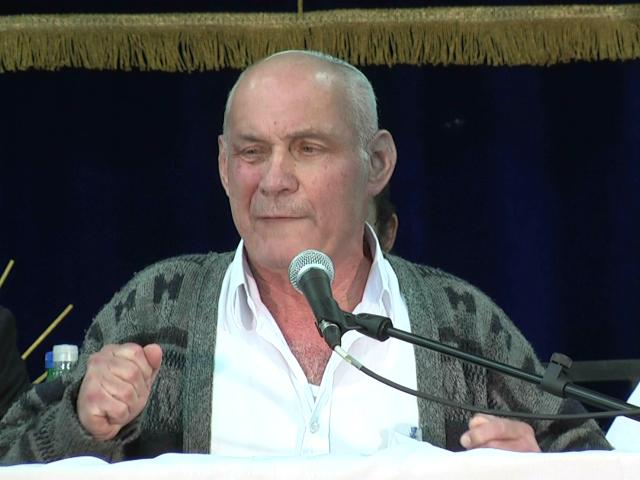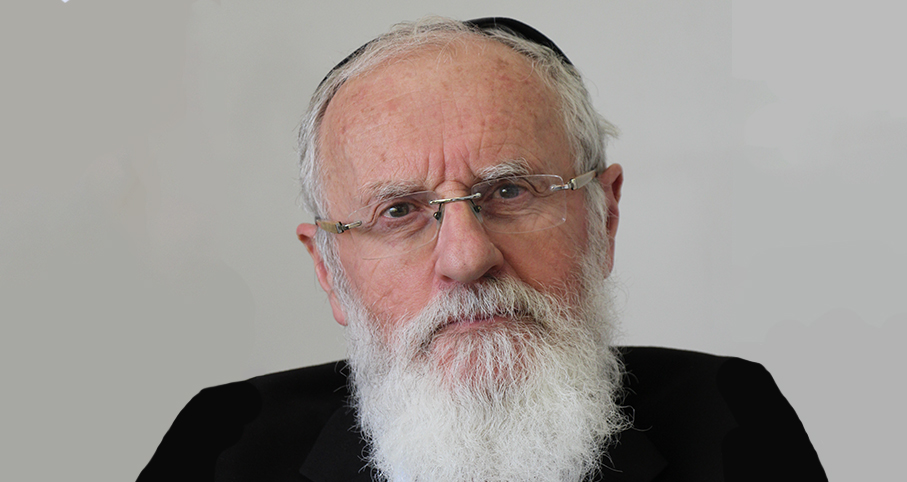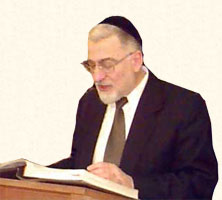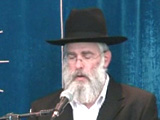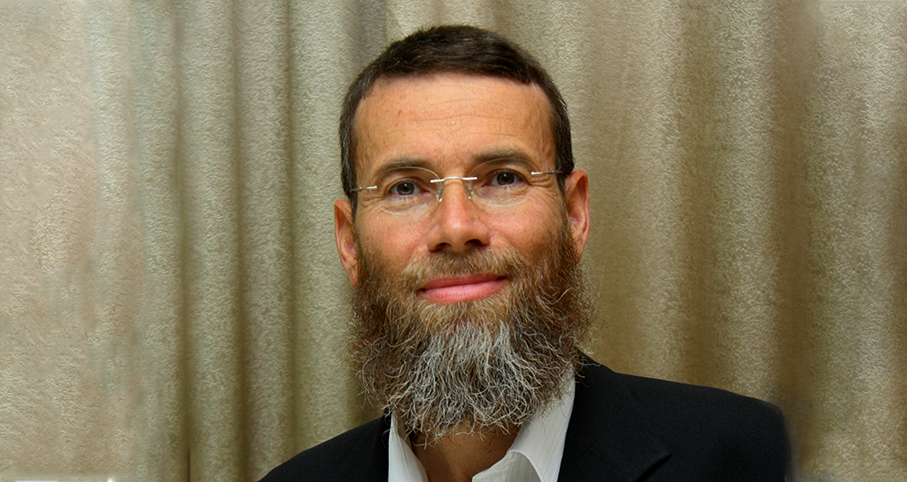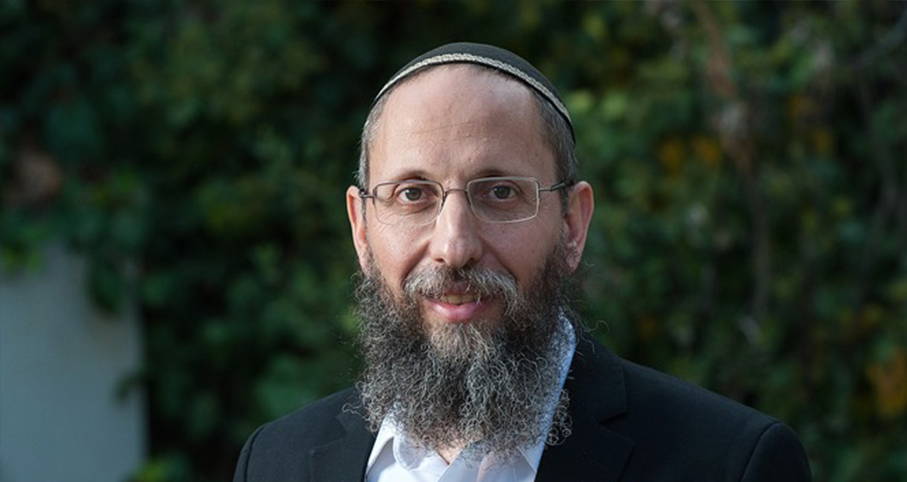Beit Midrash
- Sections
- Chemdat Yamim
- Parashat Hashavua
- Torah Portion and Tanach
- Bamidbar
- Pinchas
Regarding the kehuna, we need to first see why Pinchas needed such a covenant, as he was an authentic grandson of Aharon, which ostensibly includes the status of kehuna without a special reward. According to the Chizkuni and the Abarbanel, Pinchas had served as a kohen before this episode. The point was that he feared losing his kehuna due to the fact that he had taken human lives, and so he was promised that he and his offspring would not be penalized. In contrast, the gemara (Zevachim 101b) cites two different opinions on the issue. According to Rabbi Chanina, Pinchas did not become a kohen until he killed Zimri, as he proves specifically from the need for Pinchas to be given an eternal covenant of kehuna. Rav Ashi (ibid.) says that he was not included among the kohanim until the incident several years later, in which he brought peace between the tribes (see Yehoshua 22:30). Both are working with the assumption that Pinchas did not have natural rights because when he was born to his father, his father did not have the kehuna to pass on to him and he was not old enough to receive the distinction when it was given to Aharon and his sons (Rashi, Bamidbar 25:13).
Rav Ashi’s thesis is novel, in that the Torah ascribes Pinchas the distinction at the time of our parasha, even though it did not become operative for whatever reason until years later when he brought peace. The story there was that two tribes had built an altar under suspicious circumstances, and Pinchas helped prevent the episode from escalating into civil strife or even war. The logic seems to be that despite its positive elements, Pinchas needed atonement for his responsibility for the death of a fellow member of Bnei Yisrael before he could become a kohen.
Let us move on to the covenant of peace. The Radak (Shoftim 20:28) points out that Pinchas lived more than 300 years and says that he merited such long life because of the blessing he received in our parasha. Ibn Ezra says that the blessing was that Zimri’s brethren should not exact revenge and kill Pinchas.
In any case, we see that Pinchas’ approach of zealotry cannot serve as a model of proper behavior under normal circumstances. Only due to divine intervention, which Pinchas deserved because of his extreme piety, did he remain unblemished and able to serve as a kohen. Only special treatment protected him from the wrath of Zimri’s family. In fact, according to an opinion of the gemara, despite all the positive, Pinchas still needed to wait until he performed an act of peacemaking, in the tradition of Aharon, to pave the way for his serving as a kohen.
May we be blessed to bring peace between our fellow brethren and, in the process, merit that Hashem’s presence will dwell among us.
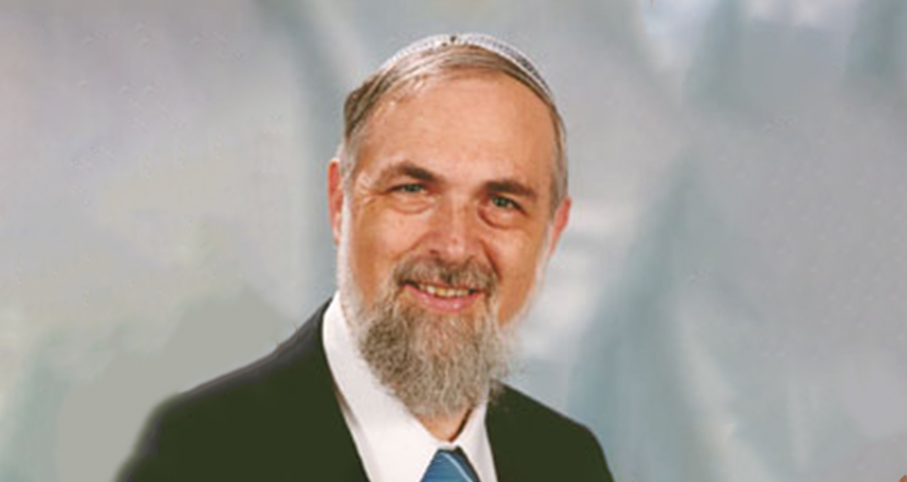
Parashat Hashavua: “See” and “Be Seen”
Rabbi Yossef Carmel | Cheshvan 5786

Do Not Desecrate the Land
Rabbi Yossef Carmel | Tammuz 5767
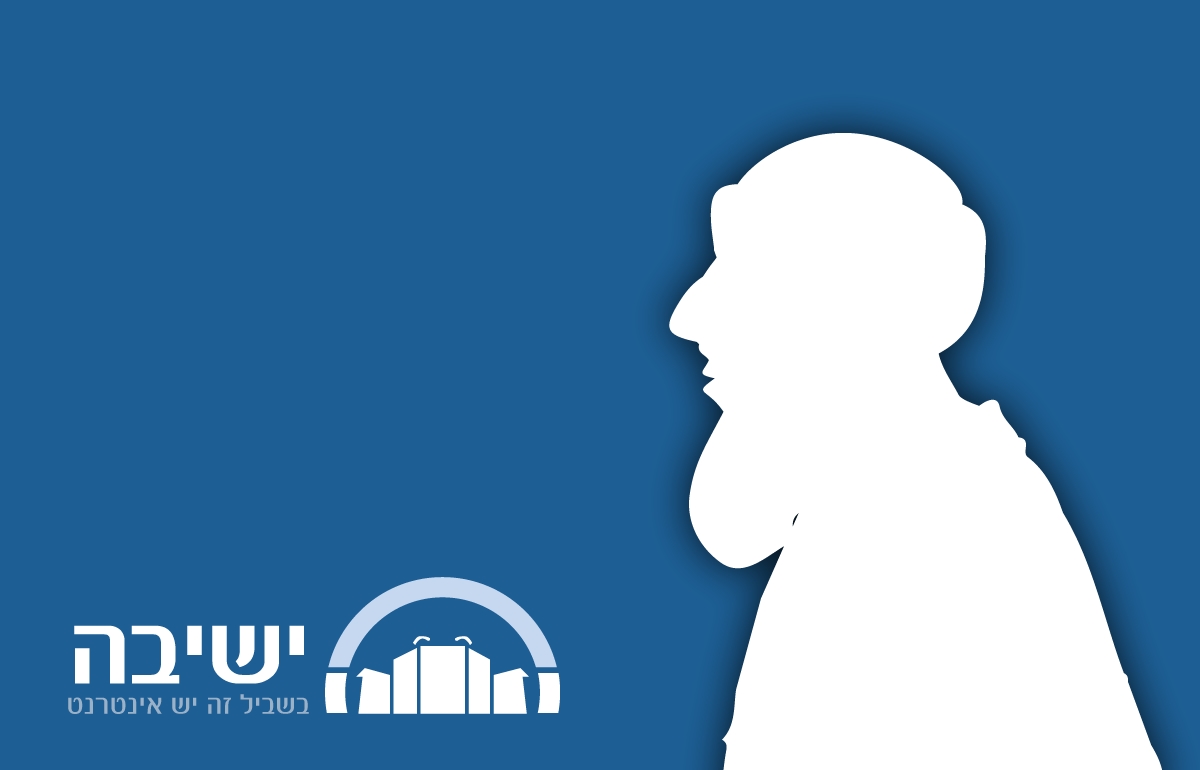
The Intersection of the Three Eichas
Rabbi Moshe Erenreich | 6 Av 5767

